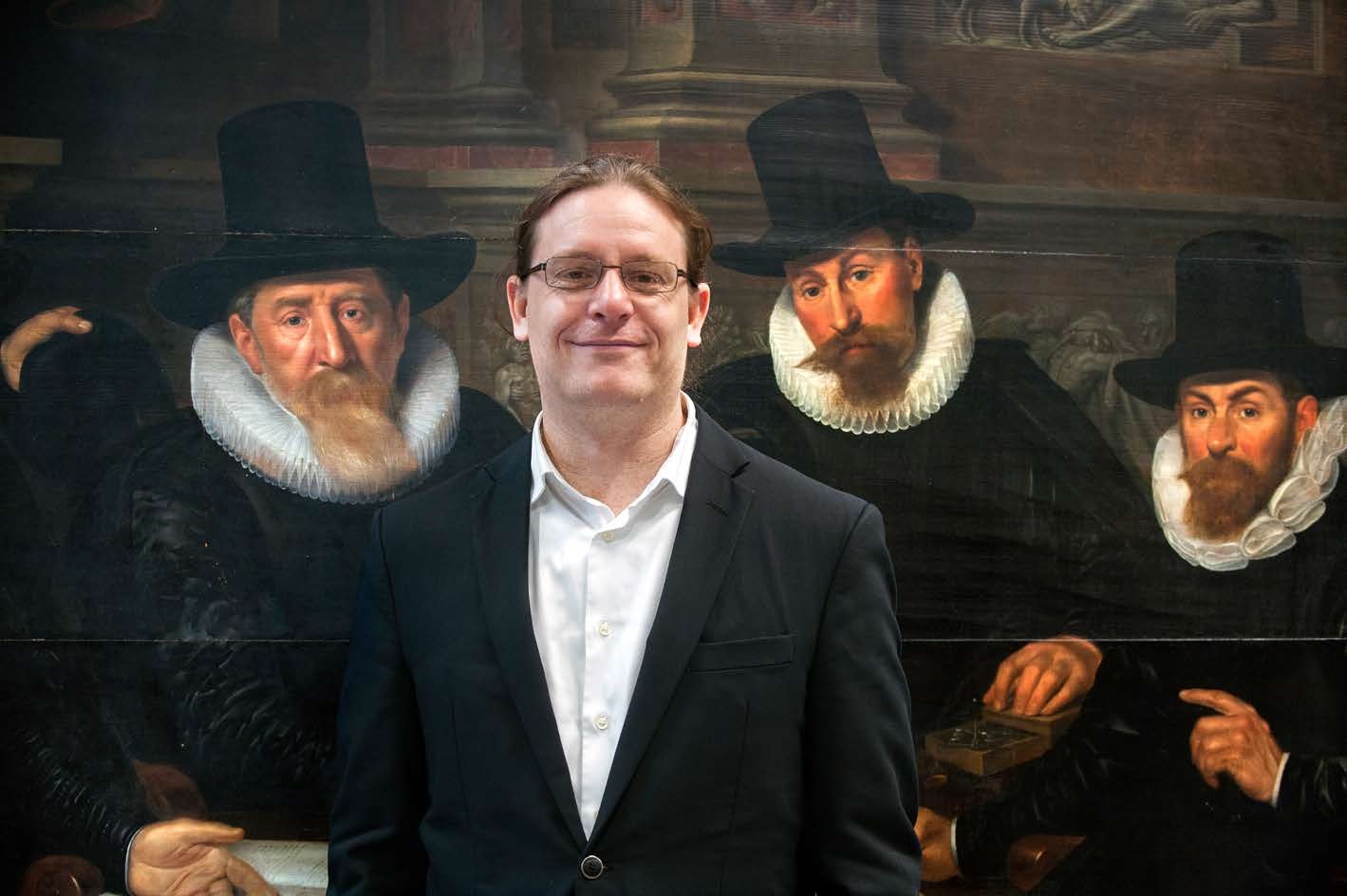Cultural Heritage and Image Processing
Invited Speaker: Prof. Robert G. Erdmann
New Strategies for Interactive Web-based Visualization of Cultural Heritage Imagery

Nowadays, due to technological developments, images have become very common data present and accessible through many different medias (TV, camera, Smartphone, tablet and so on). Consequently, it is more and more common for the scientific community to use images to characterize materials or objects under study at different scales. Heritage is one of the emerging domains that exploit this data. The introduction of the methods developed in the image-processing domain is an important opportunity that offers new possibilities to the cultural heritage world.
The proposed special session, named “Cultural Heritage and Image Processing” organized within the IPTA 2015, aims to present studies that exploit image as principal data to solve heritage problems. Topics of this special session include (not exhaustive):
Heritage preservation (restoration, enhancement, denoising, quality assessment)
Reconstruction and visualization of cultural heritage (data acquisition, 3D representation, virtual representation)
Image analysis (pattern recognition, classification, retrieval, segmentation, quantification)
Building stones, decorated caves, stained glass windows, statues (wood, stone, metal, ceramic), paintings, textiles, ancient texts, seals…
We expect research groups from various countries that work on topics of image processing related for heritage. In particular, digital heritage is an active part of the European Union agenda and the EU has funded several projects on the topic in the last few years (complete list here: https://ec.europa.eu/digital-agenda/en/digital-culture). Many research groups from Europe participating in these projects should be interested in the session.We also expect specialists in cultural heritage to attend the session either for presenting their image processing problems or to shop for efficient methods that can be used in there area.
Special Session Chair(s):
Aladine Chetouani, Associate Professor, PRISME, Polytech’Orléans, Université d’Orléans, Orléans, France
David Picard, Associate Professor, ETIS UMR 8051, ENSEA, Cergy-Pontoise, France
Olivier Rozenbaum, Associate Professor, OSUC- ISTO, Université d’Orléans, Orléans, France
Email(s): Cette adresse e-mail est protégée contre les robots spammeurs. Vous devez activer le JavaScript pour la visualiser., Cette adresse e-mail est protégée contre les robots spammeurs. Vous devez activer le JavaScript pour la visualiser. , Cette adresse e-mail est protégée contre les robots spammeurs. Vous devez activer le JavaScript pour la visualiser.
Submission Deadline: May 15th, 2015
For submission procedure: http://ipta-conference.com/ipta15/index.php/papers-submission
